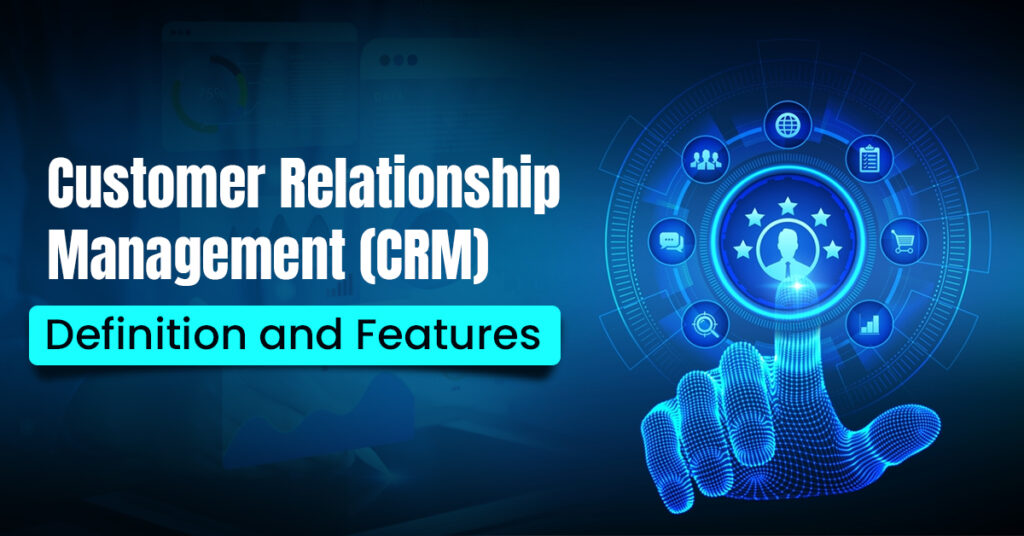Unfolding the scenario in this fast-paced education environment, institutes face mounting challenges in managing student inquiries. With leads coming in from websites, ads, social media, and walk-ins, it is no longer practical to keep track of and convert them manually. That’s where a good lead management program makes all the difference. Modern educational institutes need to act fast. Studies show that faster follow-ups dramatically increase the chances of enrollment. But without automation, even the best teams struggle to keep up. This is exactly why thousands of institutions are now turning to the best lead management software in India to grow faster and smarter.
What Is a Lead Management Program?
A lead management program is a digital solution that captures student inquiries, helps track interactions, schedules follow-ups, and converts leads into enrollments.
The system reflects and ensures, if not, makes counsellors’ tasks simpler by eliminating repetitive manual work, creating an experience that is easier for the institute and the hopeful student.
Leads are automatically sorted and go through different stages like New, In Progress, Converted, or Dropped, providing clarity and control to your team over the entire admissions funnel.
Why Institutes Need to Upgrade Now
Let’s be honest—managing leads with spreadsheets or sticky notes doesn’t cut it anymore. The education industry is more competitive than ever, and students have countless options. Quick, clear communication is key to standing out.
Here’s why adopting the best lead management software in India is a strategic move:
1. Faster System with Accuracy
Automated follow-ups combined with real-time notifications and WhatsApp or Email integration keep your leads warm and informed.
2. Lead Track Source
Knowing where your leads come from-Google, Facebook, or referrals will allow you to focus on the one that works most for you.
3. Student-Centric-Type Communication
The students of today are after instant answers. A good system should guarantee timely answers for you.
How Nurture App Leads the Way
While several CRMs exist, most aren’t built for the education space. Nurture App is different.
As the most loved Institute Management App, the App combines smart technology with deep insight into how institutes operate. Designed specifically for schools, coaching centres, and training academies, it offers a powerful yet simple lead management software India solution that’s easy to use and tailored to your workflow.
What makes the Nurture App special?
- Zero onboarding and migration fees – Get started with no extra cost.
- Smart automation – Handle follow-ups, reminders, and lead stage updates without manual effort.
- Integrated with payment systems – Easily track fee status alongside leads.
- Performance dashboard – Measure what’s working and who’s performing best.
The app’s philosophy is simple: help institutes progress with tools that feel effortless and genuinely useful.
Real Results, Real Impact
Nurture, as a technical software, helps grow those institutes and not just manage leads. With a large client base across India, it manages the back-end processes and conducts much of the front-end communication. It is more than a mere tool-associate in your path to greatness.”
Whether you’re managing 50 or 5,000 leads per month, having a dedicated lead management software India solution like Nurture App ensures your system doesn’t break under pressure. You get more enrollments with less chaos.
Conclusion
Technology has changed everything—from how students search for institutes to how they make decisions. If you’re still relying on outdated methods to manage inquiries, you’re missing out on both efficiency and growth potential.
The right software can help you:
- Convert more leads
- Improve counselor productivity
- Delight students with fast, professional communication
Times have changed for institutes and it is really important to have a smart partner if you have an ambition for building your growth. The solution really revolves around the educators with their growth as a primary objective.
The best lead management software India represents an investment not just for keeping you ahead of the pack but also for staying alive in the cutthroat competition; in other words, you build a better admissions system for greater long-term success.



